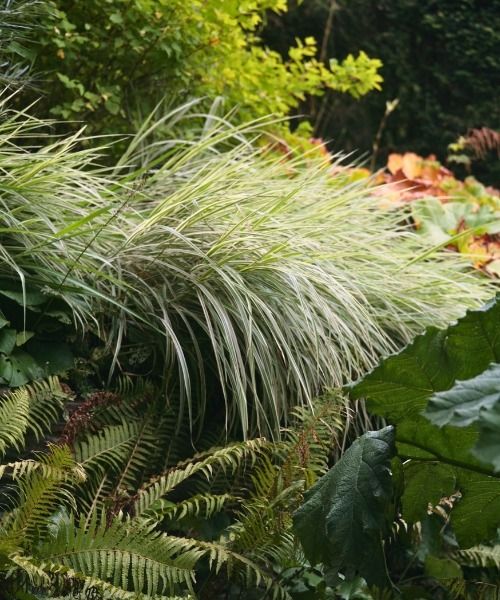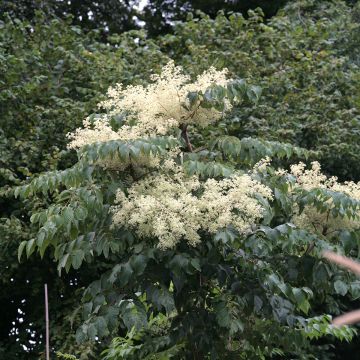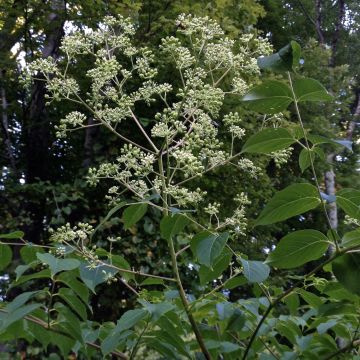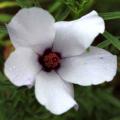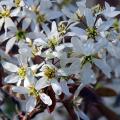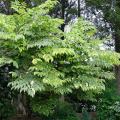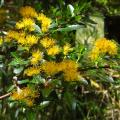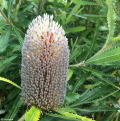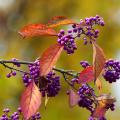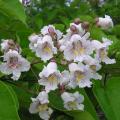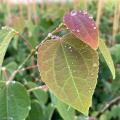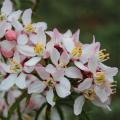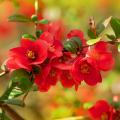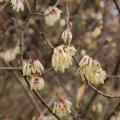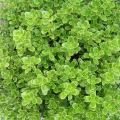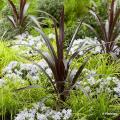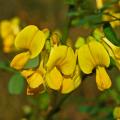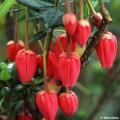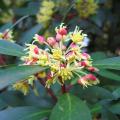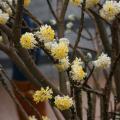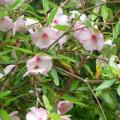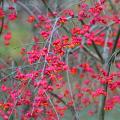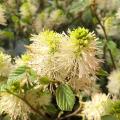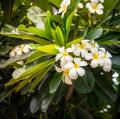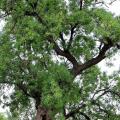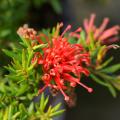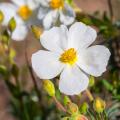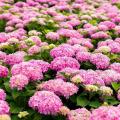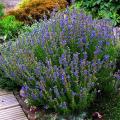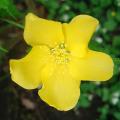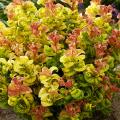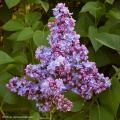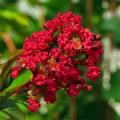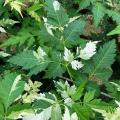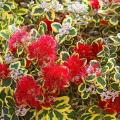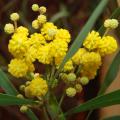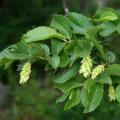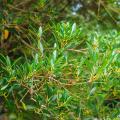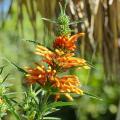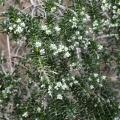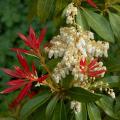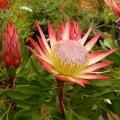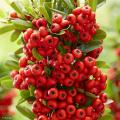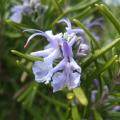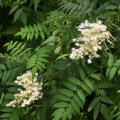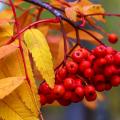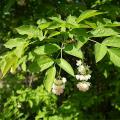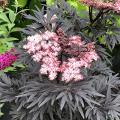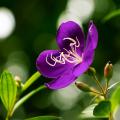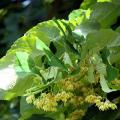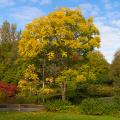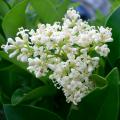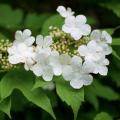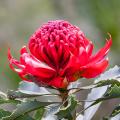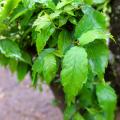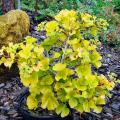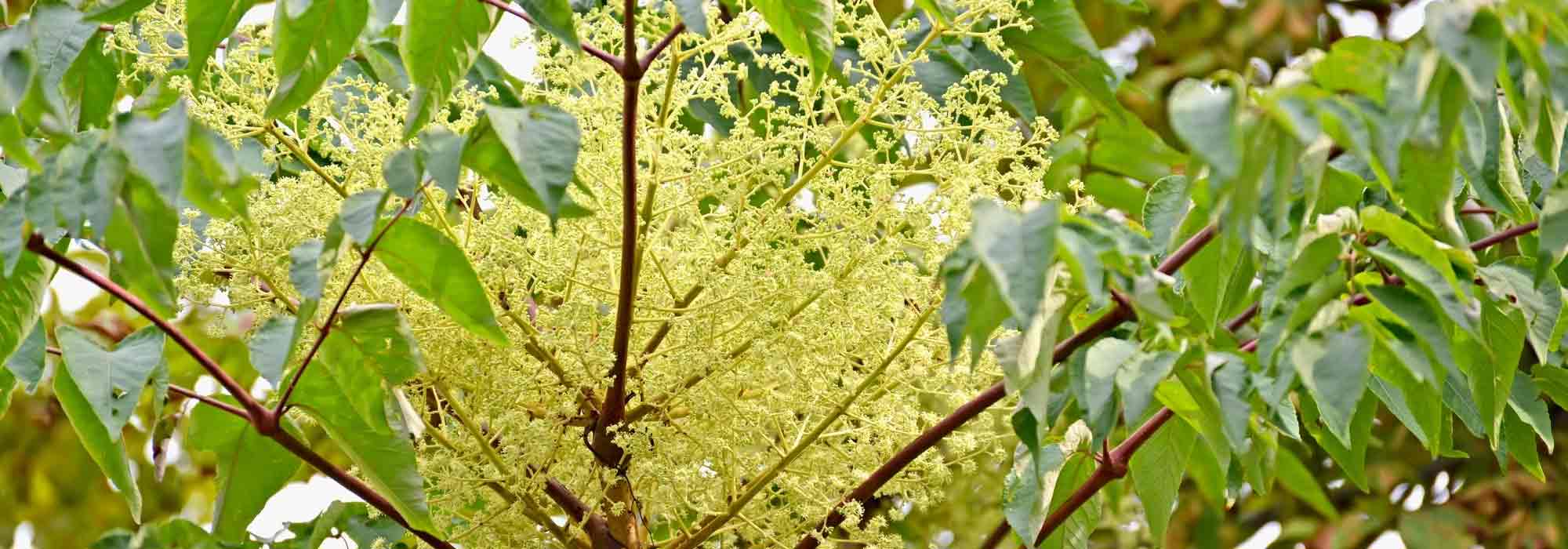Aralia
Does this plant fit my garden? Set up your Plantfit profile →
Available in 3 sizes
Available in 1 sizes
Available in 2 sizes
Available in 2 sizes
Available in 2 sizes
Available in 2 sizes
Available in 1 sizes
Available in 1 sizes
Available in 1 sizes
Available in 1 sizes
Available in 1 sizes
Available in 1 sizes
The Aralias or aralias are deciduous shrubs (sometimes herbaceous plants), much hardier than the strongly exotic appearance of their ample cut foliage would suggest. They are known for their thorns on the stems and leaves, which has earned them the name of Aralia spinosa or Spiny Angelica. With a beautiful summer flowering in airy panicles of creamy white, tree-like angelicas are appreciated for their decorative fruiting and beautiful autumn colours.
The Aralia gave its name to the family of Araliaceae, which includes about forty species of shrubs and perennials distributed in tropical and eastern Asia and America. The most common in our gardens are the Aralia spinosa, a shrub that can reach several metres in height and can withstand temperatures as low as -20 °C, the Aralia elata with less thorny stems, adorned with larger leaves, as well as the Aralia cordata and A. californica, which are two magnificent giant perennials. The Aralia genus offers a delightful surprise for gardeners, with many species and varieties we have compiled in these pages.
These plants of great ornamental value grow easily in moist to wet soil, in shade, partial shade, or in the sun, depending on the species. However, a not too rich soil allows for hardier plants and greater longevity. Their exceptional foliage deserves to be protected from strong winds to preserve its beauty. They look great as standalone plants on a lawn or in groups and can also be combined with trees and shrubs with autumn foliage to create an interesting display. In a more exotic setting, companion plant them with beautiful Asian plants, such as the caramel tree, the Japanese maple, their cousins, the Fatsia, or the Arisaema.
Haven't found what you were looking for?






























